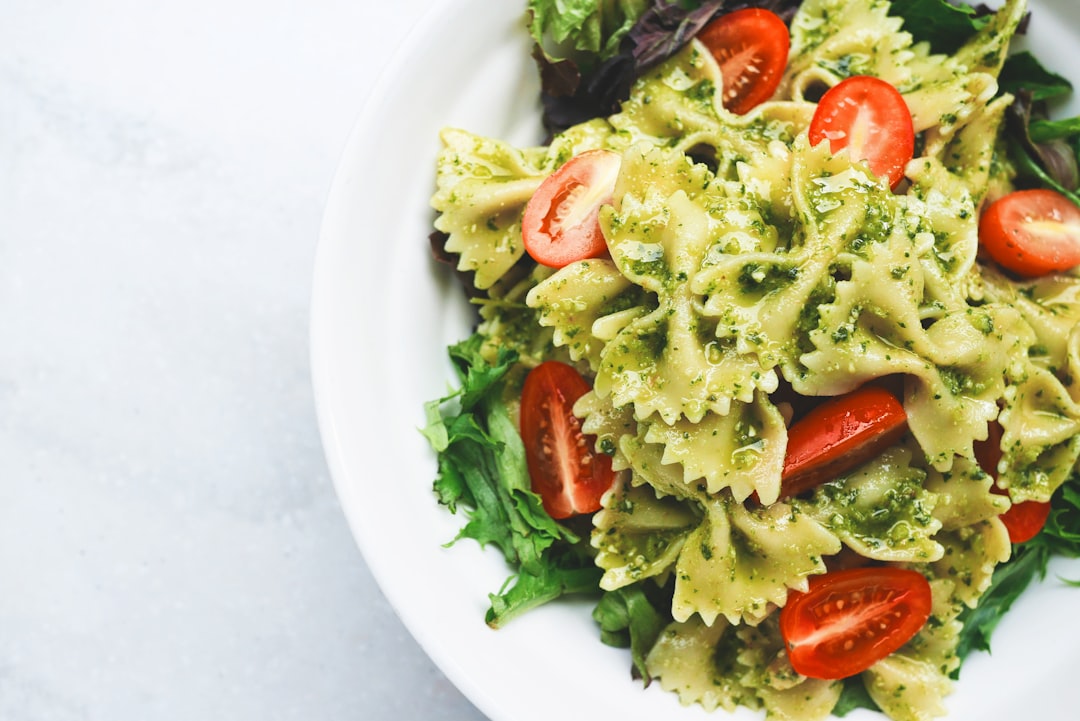The Harmonious Interplay of Interior Design, Mood, and Wellbeing
Posted 8 hours ago
7 minute readtime
Table of Contents
1 - Introduction
The spaces we inhabit significantly influence our mental and emotional states. While often underrated, the role of interior design extends far beyond aesthetics; it encompasses the crucial function of fostering wellbeing. Basic elements such as color, light, space, and texture can evoke distinct moods and feelings, shaping our experiences in profound ways. This blog post delves into the intricate relationship between interior design, mood, and wellbeing, exploring how thoughtful design choices can create sanctuaries that promote mental health and happiness.2 - The Psychology of Color in Design
Color is a powerful tool in interior design that affects emotions and behavior. For example, warm hues such as reds, yellows, and oranges can evoke feelings of warmth and comfort, often spurring feelings of happiness and energy. Conversely, cooler colors like blues and greens can induce calmness and relaxation, making them ideal choices for bedrooms or wellness spaces. Understanding the psychological effects of color enables designers to create environments that either stimulate or soothe, greatly impacting the mood of their occupants.This concept extends beyond walls and paint; it involves textures, furnishings, and even the arrangement of space. For instance, muted tones paired with natural textures like wood and fabric can create a harmonious atmosphere that induces relaxation. Thus, it’s essential to choose colors aligned with the intended purpose of the space, whether it’s an office that promotes productivity or a bedroom meant for rest and rejuvenation.
3 - The Importance of Natural Light and Space
Natural light is another pillar of effective interior design heavily linked to wellbeing. Access to natural light can improve mood and increase productivity by regulating circadian rhythms, which are critical for maintaining a healthy sleep cycle. Spaces designed to maximize daylight not only appear inviting but also contribute to elevated levels of serotonin, which is associated with enhanced mood and emotional stability.Further emphasizing this element, open spaces minimize feelings of confinement and promote ease of movement, allowing occupants to feel more relaxed. By integrating windows, skylights, and reflective surfaces into the design, natural light can flow freely, blurring the boundaries between indoor and outdoor environments. This connection to nature fosters an enriched sense of belonging, often encompassed in the practice of biophilic design, which seeks to harmonize physical spaces with natural elements.
4 - Furniture Arrangement and Personal Space
Furniture arrangement is a critical aspect of interior design that directly influences how individuals connect with their environment. The layout of a space can either facilitate social interaction or promote solitude, deeply affecting mood. For instance, a cozy reading nook with comfortable seating encourages moments of introspection, while an open layout with furniture arranged for conversation fosters social engagement.Personal space also contributes to feelings of comfort and security. Overcrowded spaces may induce stress and anxiety, while thoughtfully configured areas provide a sense of ownership and tranquility. Designers must balance functionality and comfort, ensuring that each piece serves a purpose while promoting a harmonious environment. When individuals feel comfortable in their surroundings, they are more likely to experience positive emotions.
5 - Incorporating Nature and Organic Elements
The incorporation of natural elements into interior design is increasingly recognized as a strategy to boost wellbeing. Plants, in particular, play a pivotal role. Not only do they purify the air, but they also create a serene and aesthetically pleasing environment. Studies have shown that contact with nature can reduce stress levels, enhance mood, and even improve cognitive function.Water features, natural materials, and organic shapes contribute to this connection to nature. By blending these elements into interior design, spaces can breathe life and vitality, providing a refuge from the fast-paced world. Additionally, outdoor spaces and gardens can serve as extensions of the indoor environment, allowing individuals to engage with nature directly and experience its calming effects.
6 - Conclusion
The influence of interior design on mood and wellbeing cannot be overstated. By understanding the powerful interplay between color, space, light, and natural elements, designers can create environments that not only look beautiful but also cater to the psychological and emotional needs of their occupants. In a world where stress and anxiety metrics are rising, the design of our interiors has become an essential component of fostering a healthy, positive mindset. Therefore, whether you’re a professional designer or simply someone interested in enhancing your personal space, the principles outlined in this post can serve as a guide towards crafting environments that enrich lives, inspire creativity, and promote lasting wellbeing.




